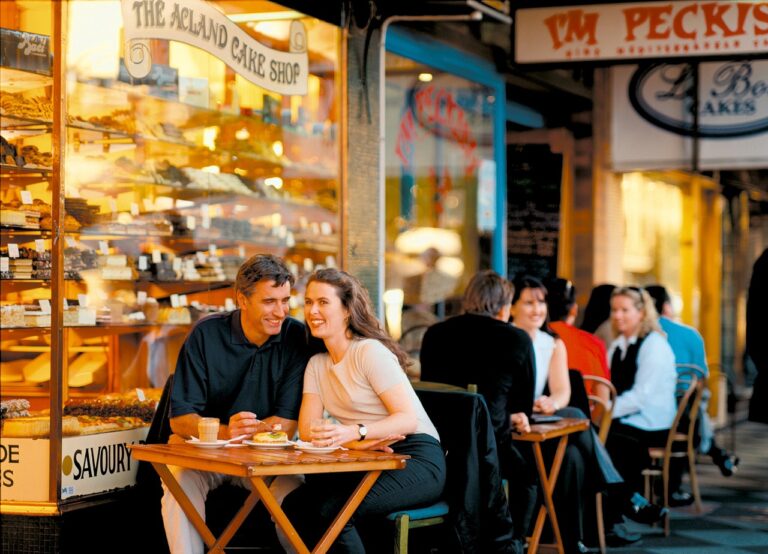The Psychology of Food Advertising: How Marketing Influences Consumer Behavior
Visuals play a significant role in food advertising as they have the power to evoke strong emotions and cravings in consumers. When potential customers see aesthetically pleasing images of delectable dishes or refreshing drinks, it triggers a desire within them to try the product. This instant appeal can be a game-changer for brands looking to capture the attention of their target audience and drive sales.
The use of vibrant colors, appetizing textures, and appealing presentation in food advertisements can create a sense of urgency and impulse in consumers to make a purchase. Visuals have the ability to communicate the taste, quality, and uniqueness of a product in a way that words alone cannot. By leveraging the visual appeal of food items, advertisers can effectively captivate consumers and influence their purchasing decisions.
• Visuals in food advertising evoke strong emotions and cravings in consumers
• Aesthetically pleasing images of dishes or drinks trigger a desire to try the product
• Vibrant colors, textures, and presentation create a sense of urgency and impulse to purchase
• Visuals communicate taste, quality, and uniqueness of a product effectively
The Influence of Color Psychology in Marketing
Color psychology plays a significant role in marketing strategies, especially in the realm of food advertising. Different colors evoke varied emotions and associations in consumers, ultimately influencing their purchasing decisions. For instance, red is often used to create a sense of urgency and stimulate appetite, commonly seen in fast-food advertisements aiming to grab attention and prompt quick action.
In contrast, blue is frequently utilized in food advertising to convey a sense of trust, calmness, and professionalism. This color is often found in advertisements for health-conscious or organic products, as it conveys a message of purity and reliability to potential customers. Understanding the impact of colors on consumer behavior is essential for marketers looking to create effective and persuasive food advertisements that resonate with their target audience.
The Role of Emotions in Food Advertising
In the realm of food advertising, emotions play a pivotal role in creating a connection with consumers. The ability to trigger specific feelings and reactions through imagery, language, and storytelling is a powerful tool used by marketers to influence consumer behavior. By tapping into emotions such as nostalgia, happiness, or comfort, food advertisements can evoke a sense of longing or desire that drives individuals to purchase the product being promoted.
Moreover, emotions can also be used to build brand loyalty and create lasting impressions in the minds of consumers. When a food ad successfully elicits strong emotions, it can leave a lasting impact that resonates with the audience long after they have seen the advertisement. Brands that effectively leverage emotions in their advertising campaigns are more likely to establish a strong emotional connection with consumers, encouraging repeat purchases and brand advocacy.
How do visuals play a role in food advertising?
Visuals are crucial in food advertising as they can stimulate appetite and cravings through enticing images of delicious food.
How does color psychology impact food marketing?
Color psychology plays a significant role in food marketing as different colors can evoke specific emotions and associations, influencing consumer perception and purchase decisions.
Why are emotions important in food advertising?
Emotions are important in food advertising as they can create a connection with consumers, evoke desires and cravings, and ultimately drive purchasing behavior.







